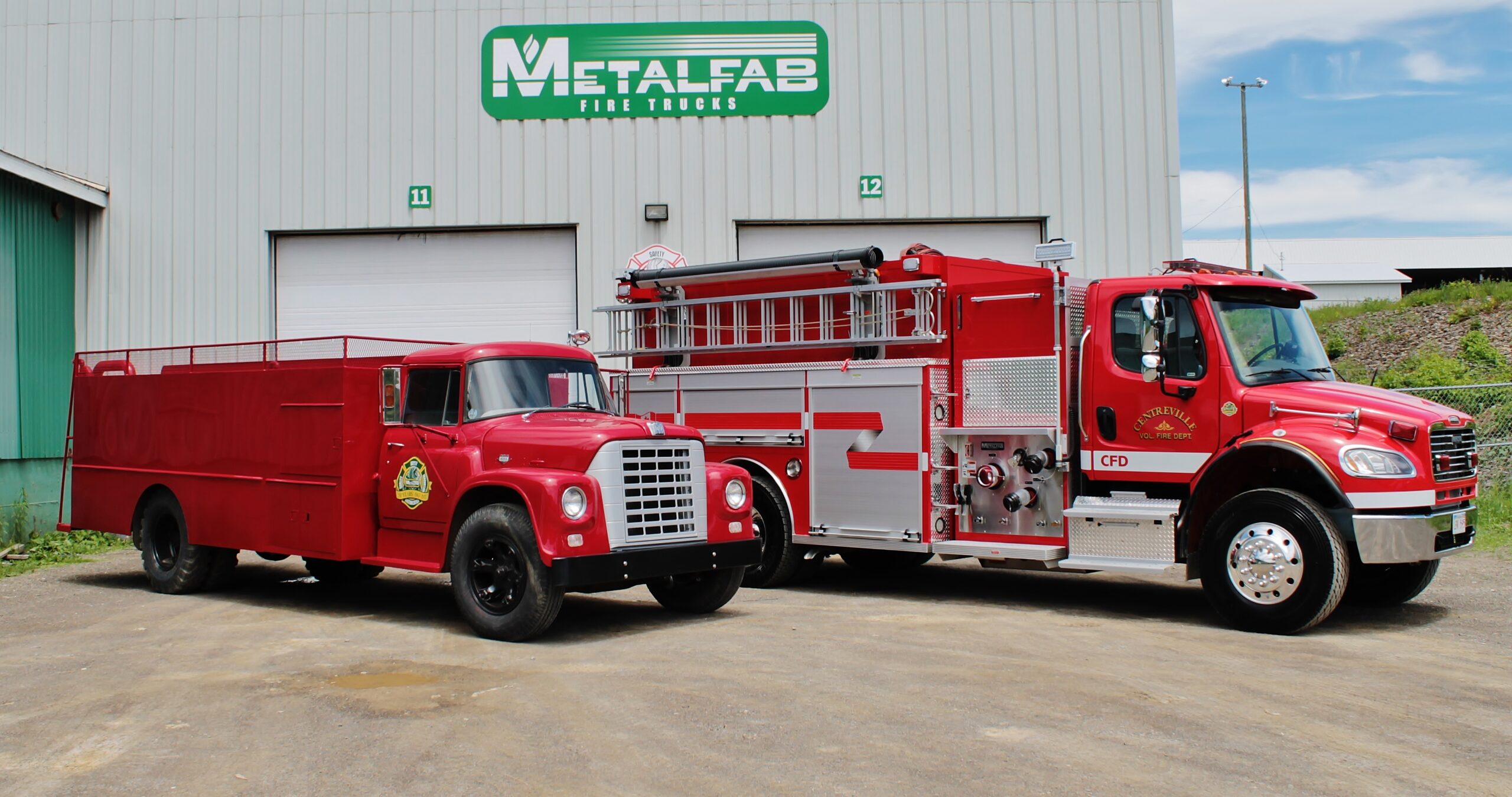

A lot of work goes into preparing a Request for Proposal document, or RFP, as you initiate the process of purchasing a new fire truck. It’s not something you want to waste time revising again and again when you find key pieces have been missed.
At Metalfab, we want to make sure you get it right the first time. By letting you in on a few key steps, we’ll help you better understand your department’s needs before you jump into drafting an RFP. Performing a thorough self-assessment and understanding the necessary elements of an RFP document will ensure you have all of the information you need to write an effective proposal . . . the first time.
Performing a Self-Assessment
Before you begin drafting your RFP, you need to understand exactly what it is you’re looking for in the new unit.
For example, are you replacing an existing truck because it’s become outdated? If this is the case, then you can use this as a starting point for conceptualizing the new truck. Look at your current truck and explore what you do and don’t like about it. Evaluate whether the old truck has any issues and its capability to perform tasks with ease.
If you are looking to purchase a truck that’s new to your fleet, carefully explore the specific functions the new truck will need to have.
Here are a few questions that will help you paint the bigger picture of what you’re looking for in your new truck:
What is the primary purpose of this vehicle?
If your needs have changed significantly since the last time you purchased a piece of fire apparatus, review how the purchase will fit into your new dynamic.
How many people and how much equipment do you need to carry?
More seats may sound ideal, but this may not be necessary depending on the size of your crew. Carefully assess your people-to-equipment ratio for this specific vehicle before deciding how to divide seating and storage space.
What fire suppression capabilities are needed?
Do you have special requirements for pump size and flow? Do you have special requirements for foam or CAFS? Is the tank size of the unit important?
What are the challenges in your district?
Evaluate whether restricted local infrastructure, such as narrow roads and weight-limited bridges, will be able to support the new truck and decide how to account for that in the overall planning.
Once you have the basic “what” questions answered, then you can start researching some manufacturers that offer what you need. You might also talk to other fire departments in the region to find out where they purchased their fleet from and if they would recommend their provider.
Prior to COVID, trade shows were a valuable avenue for departments to meet with manufacturers and get hands-on experience with product offerings prior to purchasing. They also presented product ideas that you may not have considered. We highly recommend taking advantage of this route as part of your self-assessment when it becomes available again.
Another option is to speak with a manufacturer directly, which is still readily available to you. At Metalfab, we’re happy to give you our opinion and send you in the right direction for your needs, whether that’s with us or another industry leader. Call Metalfab’s Business Development Manager, Ryan Stacey, at 1-800-561-0012, ext. 24 to discuss your evaluation and ideas or to arrange a meeting.
Request for Proposal Overview
Your RFP document should comprehensively detail what you are looking for in your unit. This is why it’s so important to perform a full self-assessment prior to submitting your requests for proposal to various manufacturers.
While there is no set structure for an RFP document, it should follow a basic format.
First, your RFP document needs to have a purchase overview. This is where you’ll list the issue date, reference information, opening and closing dates, contact information, and any key instructions for bidders.
Following the purchase overview, you’ll lay out the scope of the proposal, warranty requirements, terms and conditions of the purchase, evaluation points, and a qualification document to be completed by each bidder. If you have any other forms for bidders to complete, attach them here as well.
The above will be followed by an extensive specifications document that will provide detailed criteria for the make of your truck. Included in this document should be general instructions, training requirements for the new unit, and detailed descriptions of the chassis, engine, air intake, exhaust system, transmission, cab interior and exterior, dimensions, steering and rear axle, tires and wheels, fuel system, brake system, wiring, lights, warning devices, radio system, pump and features, suction, discharge, body, water tank, pump panel, compartment layout and construction, hose beds, steps and handrails, paint, finish, and lettering. You should also include criteria for apparatus testing, warranty, service, and delivery.
Your criteria for each section should be formatted as a grid so that both you and the manufacturer can evaluate and complete each item accordingly.
We are happy to work with you on drafting a request for proposal by suggesting items to include and recommending a format that would suit your purposes. You can email your partially completed RFP document to rastacey@metalfabfiretrucks.com and our Business Development Manager will be happy to review it with you.
If you have any other questions or concerns regarding these processes, please do not hesitate to reach out.
